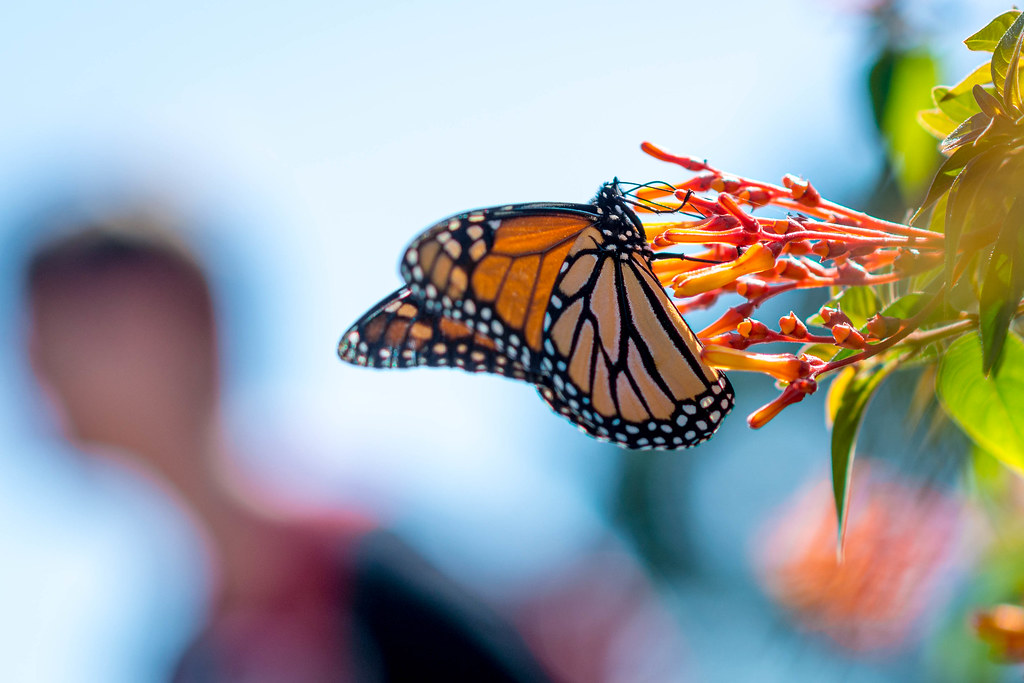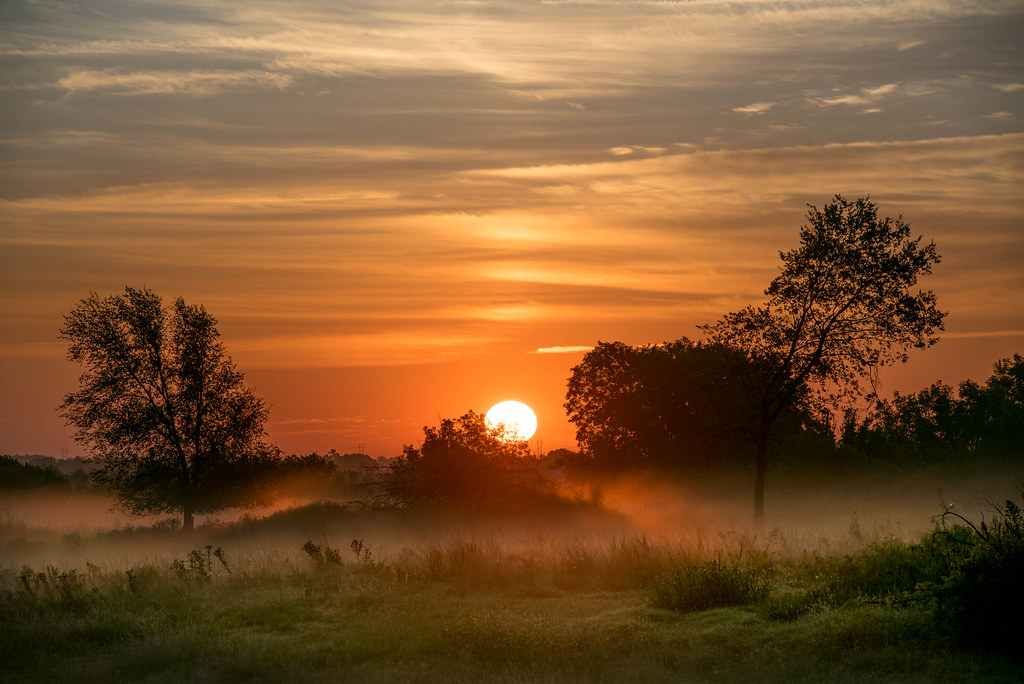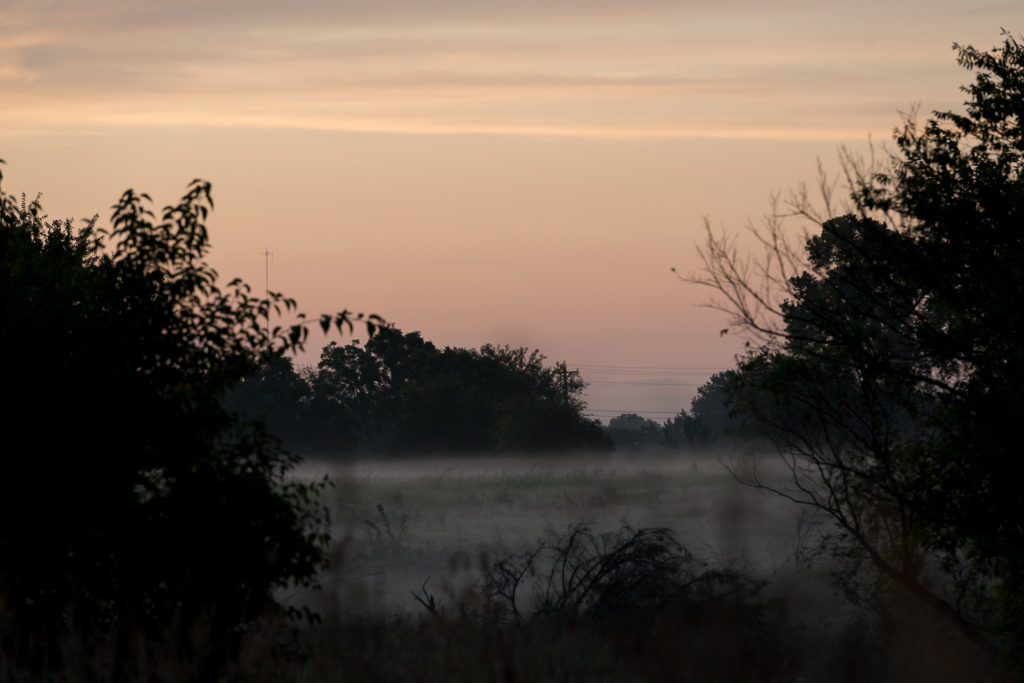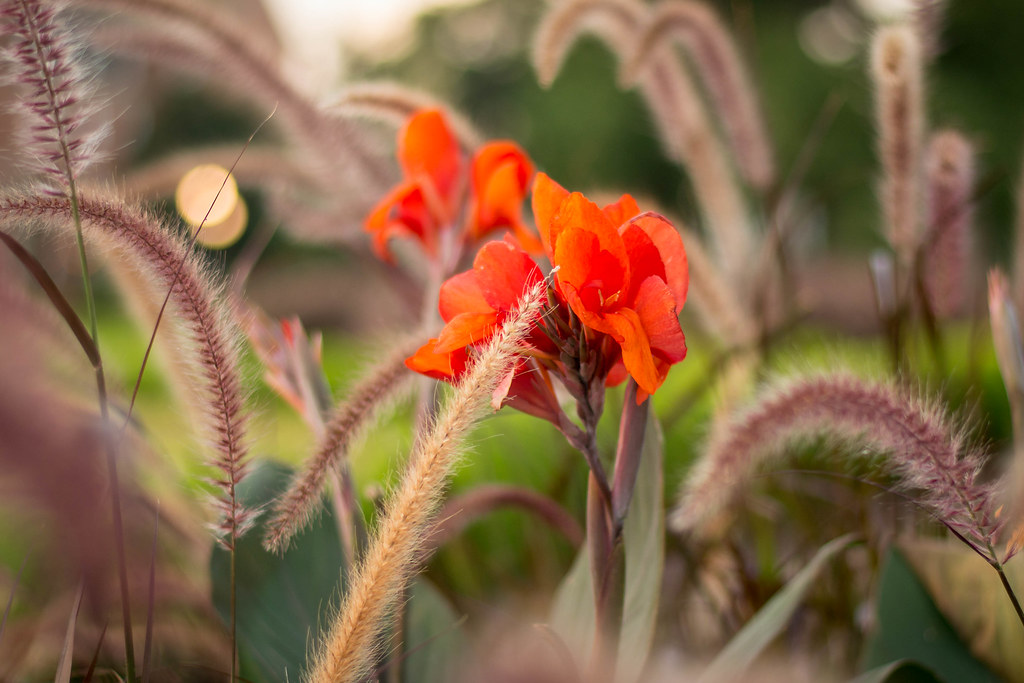
I’m not really sure what to think about this one. On one hand, it’s kind of a neat picture of a red leaf in the middle of a sea of yellow and orange, but on the other hand it really wasn’t anything special when I shot the photo. It was just a plant I happened to walk by on campus one day, and since I had my camera and 85mm f/1.8 lens I figured I might as well try to take a picture. I knew I wanted the red leaf to be sharp and focused, but it was really tricky to nail down because of a stiff breeze that kept confounding matters.
I usually just shoot through the viewfinder on my DSLRs because it just works well, and I don’t need a live histogram or focus peaking or other benefits that you get when shooting Live View. Not to mention Live View on my D7100 (which I used to take this picture) is pretty spotty. It’s slow to activate and the screen has a noticeable jelly effect where the image kind of wobbles around, much like you would find on an old cell phone. Which kind of makes sense considering the D7100 came out in 2013 :)
Anyway, I did actually need Live View here because nailing focus was so tricky. With all the various leaves in the picture swaying back and forth my camera had trouble nailing and locking focus. I switched to Live View, nailed focus as best I could, and fired off a few frames. If you zoom in really close you’ll see that the red leaf is juuuuuust a little blurry but it’s nothing that would ruin the image, and in the end I got a picture that I’m pretty happy with despite a few imperfections.




